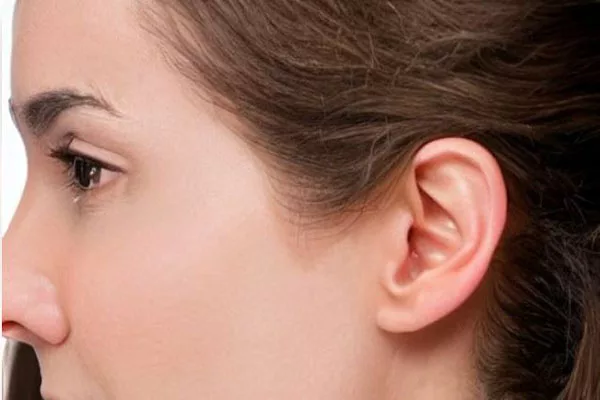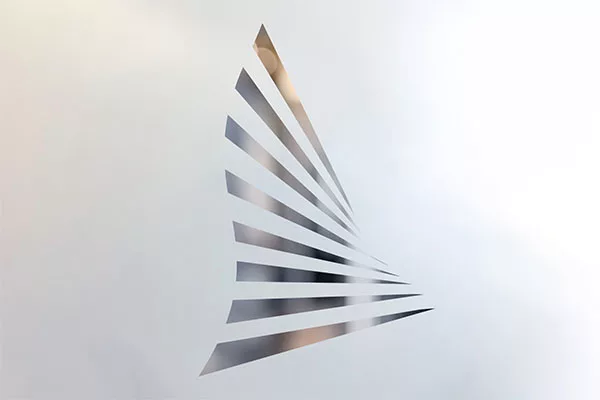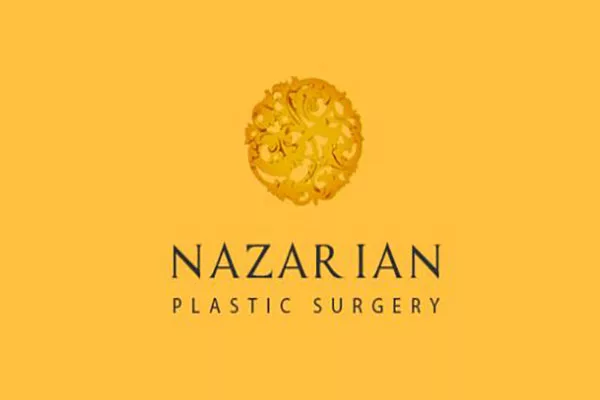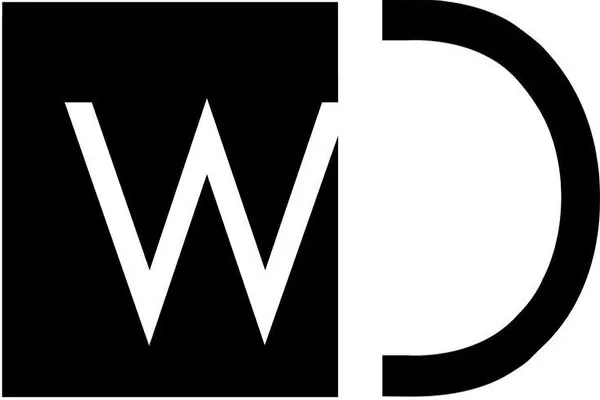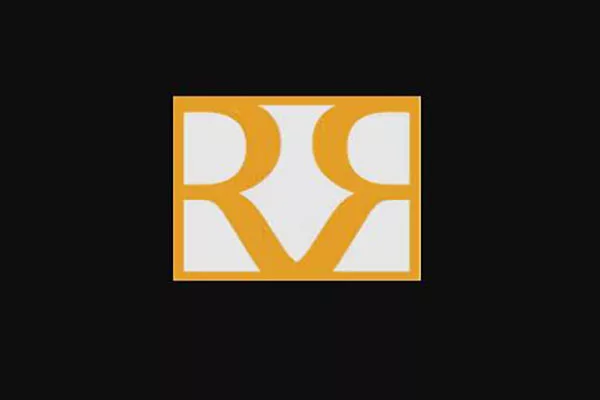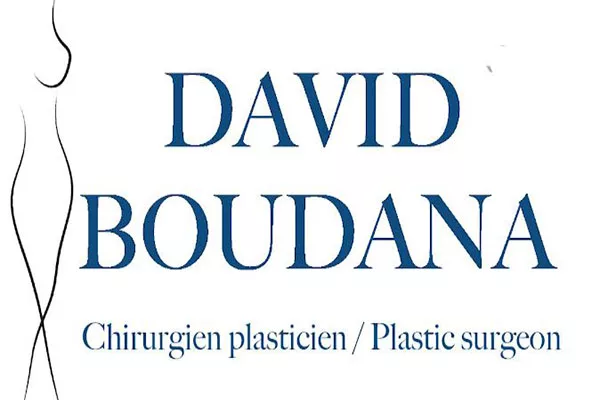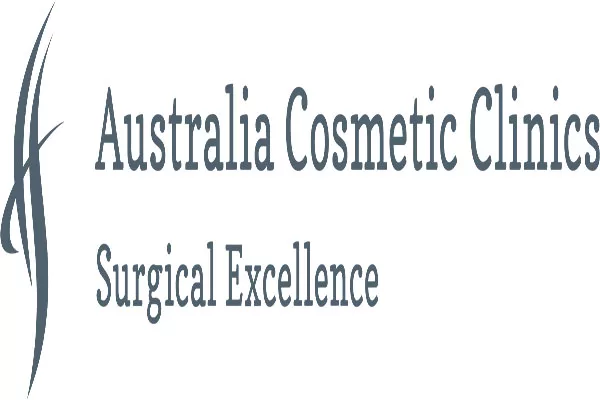Rhinoplasty is a surgical procedure that is performed to alter the shape of the nose for cosmetic or functional reasons. While many rhinoplasty surgeries are successful, there are cases where patients may not be satisfied with the results or experience complications. In these cases, revision rhinoplasty may be necessary.
Revision rhinoplasty is a more complex procedure that requires a high level of skill and experience. Choosing a revision specialist is crucial in achieving the desired results and avoiding further complications. In this article, we will discuss the importance of revision specialists and how to find the right one for you.
Why Choose a Revision Specialist?
Revision rhinoplasty presents unique challenges that require a high level of expertise. It is often a more complex procedure than the initial surgery, as the surgeon must address previous structural changes while also trying to avoid further damage.
Choosing a revision specialist can increase the chances of achieving the desired results while minimizing risk. A revision specialist has specific training and experience in revision rhinoplasty and is equipped to handle the challenges of the procedure. They can provide more personalized care as they have a better understanding of the intricacies of the procedure.
Qualifications to Look For
When searching for a revision specialist, it is important to look for certain qualifications. The surgeon should be board-certified in plastic surgery and have extensive experience in revision rhinoplasty. Additionally, they should have a thorough understanding of facial anatomy and be able to visualize the 3D structure of the nose.
It is also helpful to research the surgeon’s track record with revision rhinoplasty. They should have a high success rate with minimal complications. The surgeon should be able to provide before and after photos of previous patients and be willing to answer any questions you may have.
What to Expect During Consultation
During the consultation, the revision specialist will examine your nose and review your previous surgery. They will ask about the results you hoped to achieve and any concerns you may have. The surgeon may also take photographs or perform imaging to better understand the structure of your nose.
It is important to be honest with the surgeon during the consultation. Communication is key to achieving your desired results. The surgeon should also explain the risks and benefits of revision rhinoplasty and what to expect during recovery.
Preparing for Revision Rhinoplasty
Preparing for revision rhinoplasty is similar to preparing for the initial surgery. The surgeon will provide guidelines on what to do before and after the procedure. It is important to follow these guidelines closely to minimize risk and achieve the best results.
Before the surgery, you may be asked to avoid certain medications and supplements that can increase the risk of bleeding. You should also arrange for someone to drive you home after the surgery and have a support person to help you while you recover.
Revision Rhinoplasty Procedure
During the revision rhinoplasty procedure, the surgeon will make incisions to access the underlying structure of the nose. They may need to remove or add cartilage or bone to achieve the desired shape. In some cases, they may also use grafts to support the structure of the nose.
The procedure can take several hours depending on the extent of the revision. It is typically performed under general anesthesia. After the surgery, the surgeon will apply a splint to keep the nose in place and reduce swelling.
Recovery Process
Recovering from revision rhinoplasty can take several weeks to several months. It is important to follow the surgeon’s instructions closely to ensure a successful recovery.
Immediately after the surgery, you may experience pain, swelling, and bruising. The surgeon may prescribe pain medication to manage discomfort. It is important to keep the head elevated and avoid strenuous activity during the recovery process.
Risks and Complications
As with any surgical procedure, there are certain risks and complications associated with revision rhinoplasty. These may include bleeding, infection, scarring, and issues with breathing.
It is important to choose a qualified revision specialist to minimize the risk of complications. Following the surgeon’s instructions closely during recovery can also help reduce the risk of complications.
Final Thoughts
Revision rhinoplasty is a complex procedure that requires expertise and experience. Choosing a qualified revision specialist is crucial in achieving the desired results and avoiding further complications. It is important to research the surgeon’s qualifications and track record before choosing a specialist.
During the consultation, the surgeon should explain the risks and benefits of revision rhinoplasty and what to expect during recovery. Following the surgeon’s instructions during recovery can also help minimize the risk of complications.
Finding a Revision Specialist
If you are considering revision rhinoplasty, it is important to find a qualified revision specialist. You can start by asking for recommendations from your primary care physician or seeking referrals from previous plastic surgeons.
Do your own research and look for a surgeon who is board-certified and has extensive experience in revision rhinoplasty. Look at before and after photos of previous patients and read reviews.
Choosing the right revision specialist can increase the chances of achieving the desired results while minimizing the risk of complications. Communication with the surgeon is key to achieving the best outcome.
Conclusion
Revision rhinoplasty is a complex procedure that requires a highly skilled and experienced plastic surgeon to achieve the desired result. Choosing a revision specialist is crucial in achieving the desired outcome while minimizing the risks of complications.
When considering revision rhinoplasty, it is important to find a surgeon who is board-certified and has a track record of success with minimal complications. During the consultation, be open and honest about what you hope to achieve, and follow the surgeon’s instructions during the recovery process.
By choosing the right revision specialist, you can have confidence that you are in good hands and can achieve the results you desire.
FAQs
Q: How long does revision rhinoplasty take?
A: Revision rhinoplasty can take several hours depending on the extent of the revision.
Q: How soon can I return to work after revision rhinoplasty?
A: It is typically recommended to take at least a week off from work to allow for recovery.
Q: Will I have visible scars from revision rhinoplasty?
A: Incisions during revision rhinoplasty are typically made within the nose, so scarring should not be visible.
Q: When can I see the final results of revision rhinoplasty?
A: It can take several months to a year for swelling to fully subside and for the final results to be visible.
Q: Can revision rhinoplasty fix breathing problems?
A: Yes, revision rhinoplasty can address breathing problems by improving the nasal passages and structure.
References
- American Society of Plastic Surgeons. Revision Rhinoplasty. Available at https://www.plasticsurgery.org/cosmetic-procedures/revision-rhinoplasty. Accessed May 25, 2021.
- American Academy of Facial Plastic and Reconstructive Surgery. Rhinoplasty. Available at https://www.aafprs.org/patient/procedures/rhinoplasty.html. Accessed May 25, 2021.
- International Society of Aesthetic Plastic Surgery. Revision Rhinoplasty. Available at https://www.isaps.org/procedures/face/revision-rhinoplasty/. Accessed May 25, 2021.
